I thought I was prepared to adopt a child — but the one thing I didn’t know was the most important
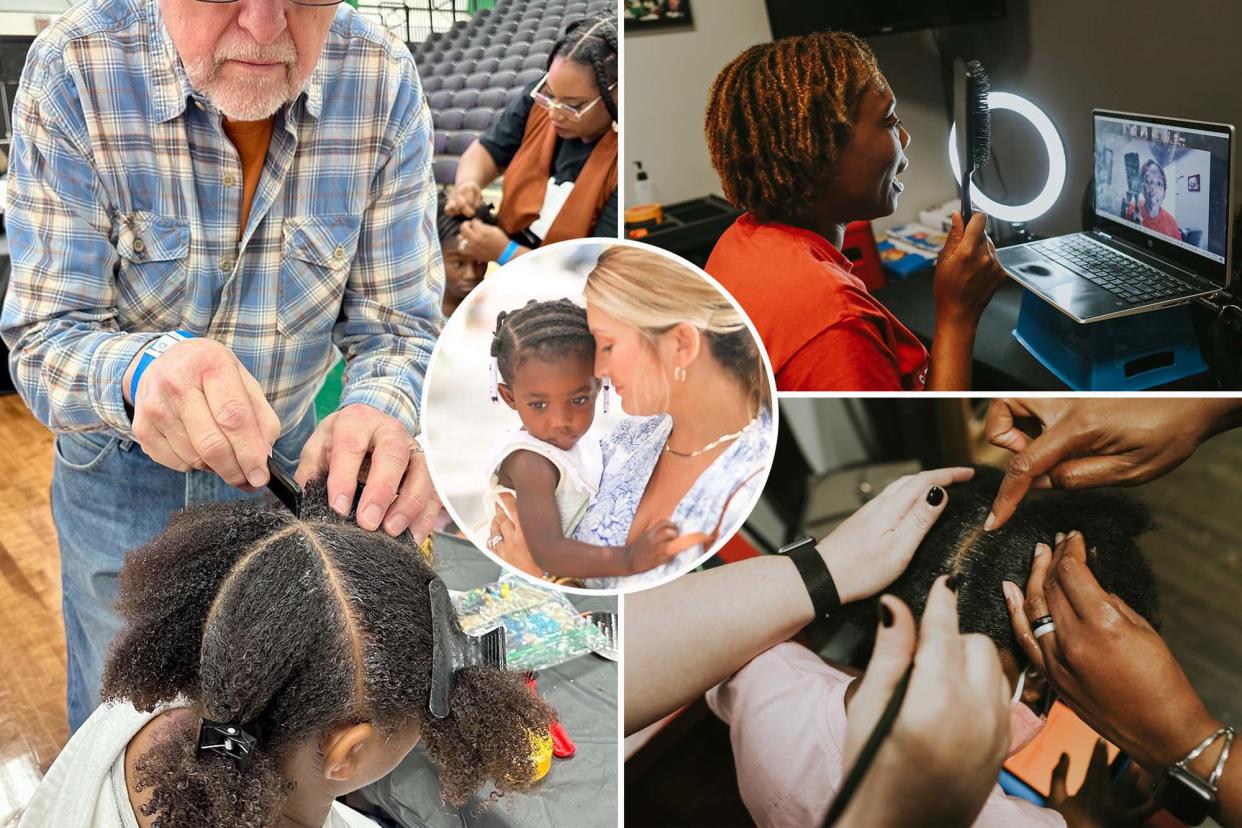
- Oops!Something went wrong.Please try again later.
Before bringing home daughter Autumn as a newborn in October 2014, adoptive mom Jessica had no clue about black hair care.
She’s not alone: The rise of transracial parenting, meaning a child of one racial or ethnic group is placed with adoptive parents of a different racial makeup, has exposed an unfortunate knowledge gap that experts say can be emotionally detrimental to the children.
Jessica and her husband had read all the books on adoption, gone through intense home-study visits and sat for countless pre-parenting interviews.
But, still, the brunette of northern European descent was totally unhip to the do’s and don’ts of nurturing the tremendous thickness of the tot’s tuft.
“By the time she turned age 1, I knew I needed help,” Jessica, 53, a sales executive from northern New Jersey, told The Post.
“As a white mother [to a black child], it was important for me to learn how to wash, condition, style and protect her hair properly,” said Jessica, who chose not to disclose her last name for privacy purposes. “Hair care is something the adoption industry really doesn’t teach parents of transracial adoption.”
But it would be a lesson well learned, says Upper West Side psychotherapist Beth Kelley.
“Before adopting, there’s a whole mandate of courses you have to determine your mental and emotional well-being,” she tells The Post. “But hair care is not part of the training.”
“However, children who feel their cultural differences are celebrated by their adoptive parents are more likely to develop a strong sense of identity, which will benefit them psychologically, academically and socially.”
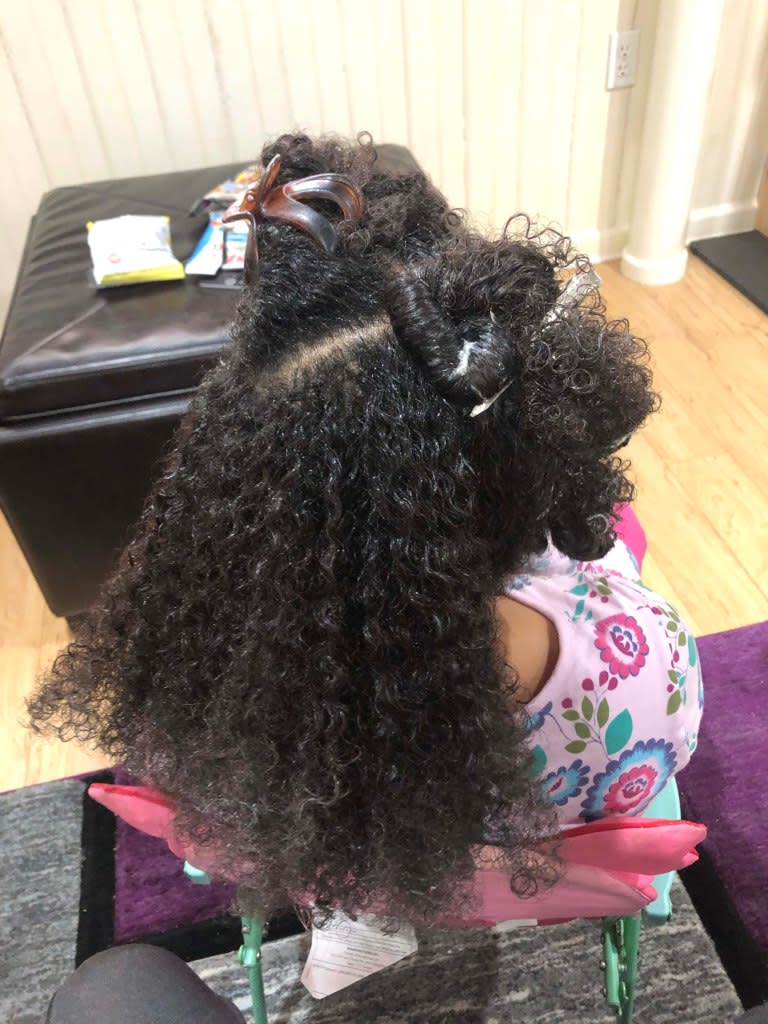
Roughly 40% of adoptions in the US are transracial — meaning a child of one racial or ethnic group is placed with adoptive parents of a different racial makeup, according to market data research hub Gintux.
It’s a notable uptick from the less than 28% of kids taken in by folks outside of their race between 2017 and 2019, according to the US Department of Health and Human Services.
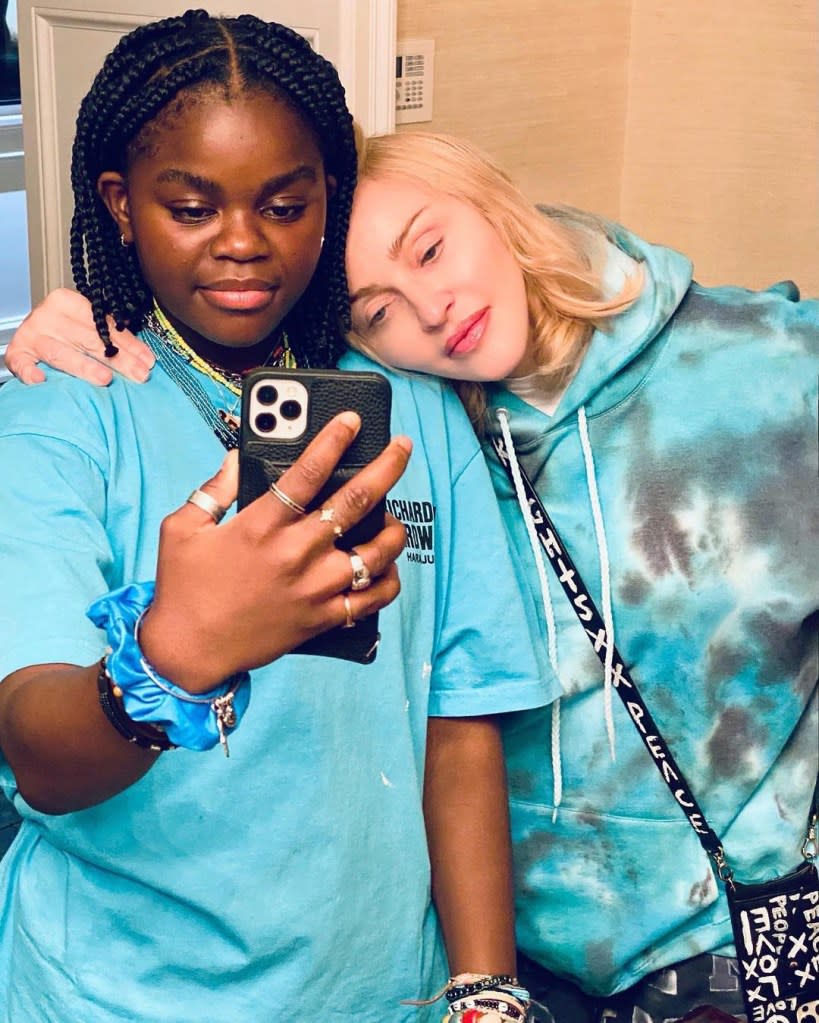
A-listers such as Angelina Jolie, Charlize Theron and Madonna are just a few of the megastars mothering tikes of diverse backgrounds.
Jolie’s spoken candidly about seeing the oft-discriminating world, namely the fashion and beauty industries, through 19-year-old daughter Zahara’s eyes. The “Eternals” star, who adopted the now-college undergrad from Ethiopia in 2005, told Vogue that as a white woman, she’s never struggled to find couture that complimented her skin tone and features in the way Zahara has while pursuing a posh look.
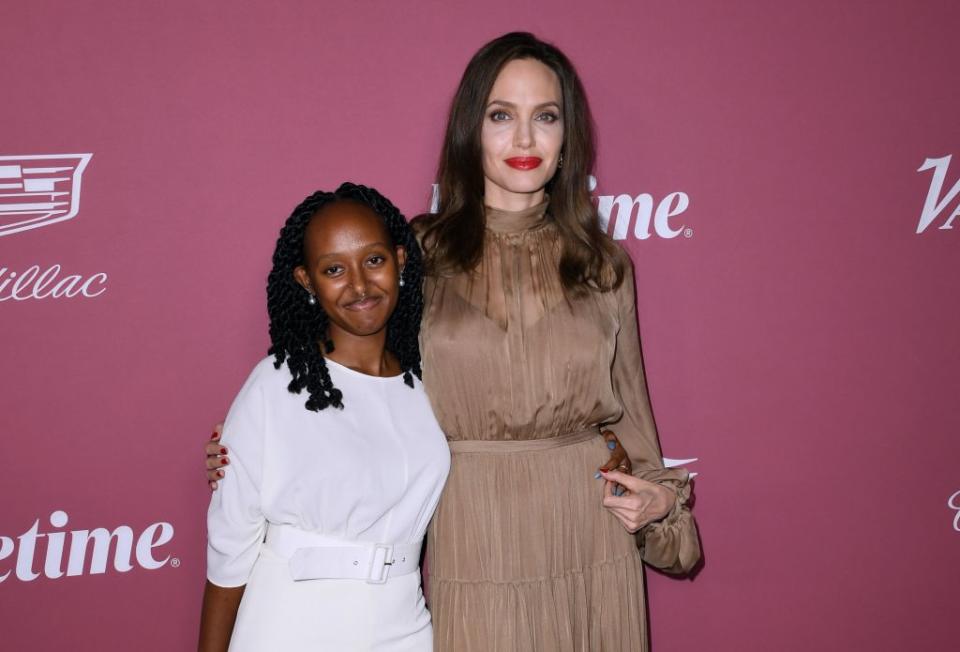
Kristin Davis, 59, of “And Just Like That” fame, an adoptive mother to African American kids Gemma Rose, 11, and Wilson, 5, resolved to soak up as much black hair knowledge as possible before welcoming her brood.
And she quickly discovered that it was more significant than just popping in some braids and beads.
“What I learned [about styling Black hair] is that it’s a big thing and it has a whole long cultural history to it and you absolutely need to learn because it’s a bonding situation,” the “Sex and the City” alum explained on “Red Table Talk” in 2019. “You can’t just like, send her off somewhere, or him off, you know, to have his hair twisted or braided or whatever — you need to, just like you would your own child that you gave birth to, learn what is best for their skin or their hair.”
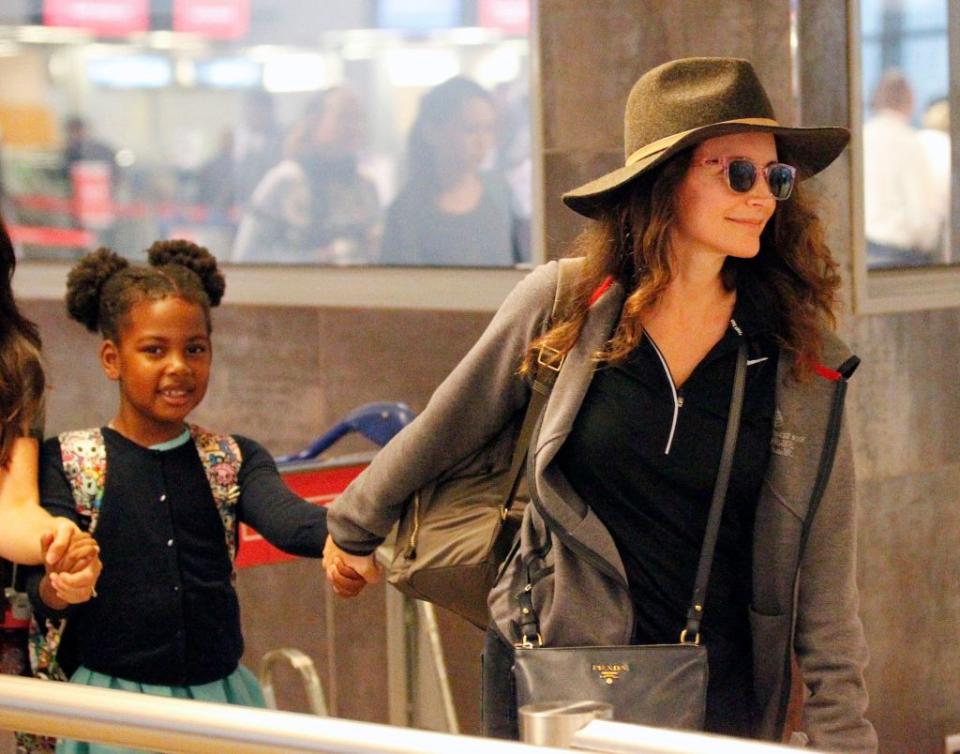
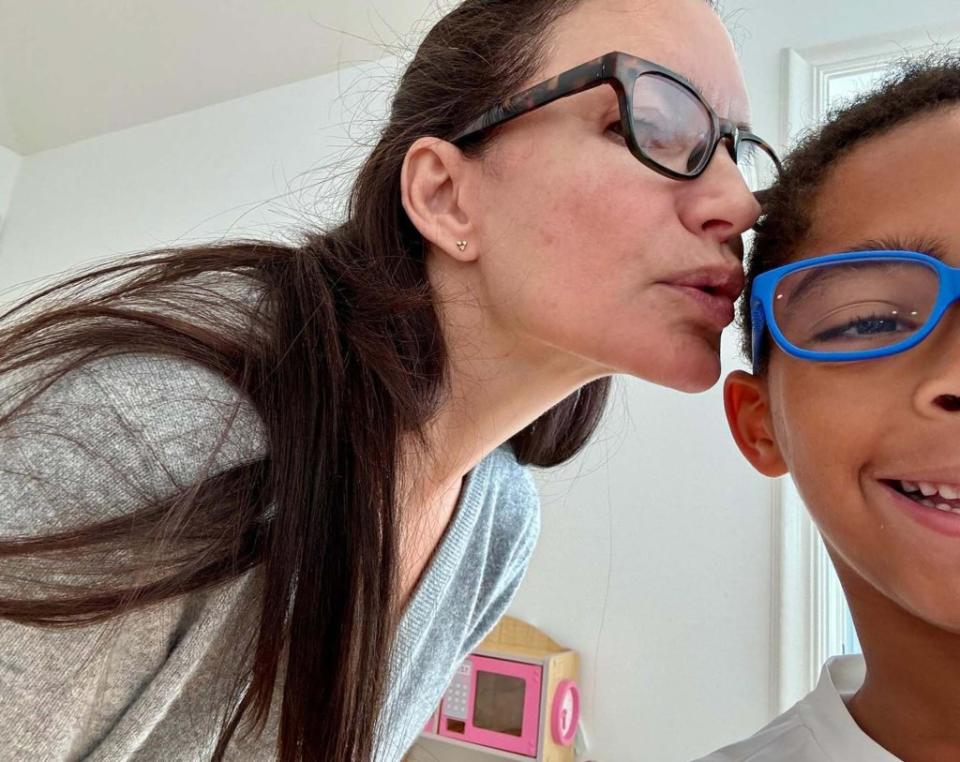
Mom influencer Kendall Mariah agrees.
The North Carolinian’s amassed several million social media views on clips of herself creating queenlike coiffures, such as basket-weaved flat twists and zigzag cornrows, on 4-year-old adopted daughter Zadie Ann, whom she’s mothered since her birth in December 2019.
The blond tells The Post that styling the toddler’s tresses has, too, strengthened their mommy-and-me closeness.
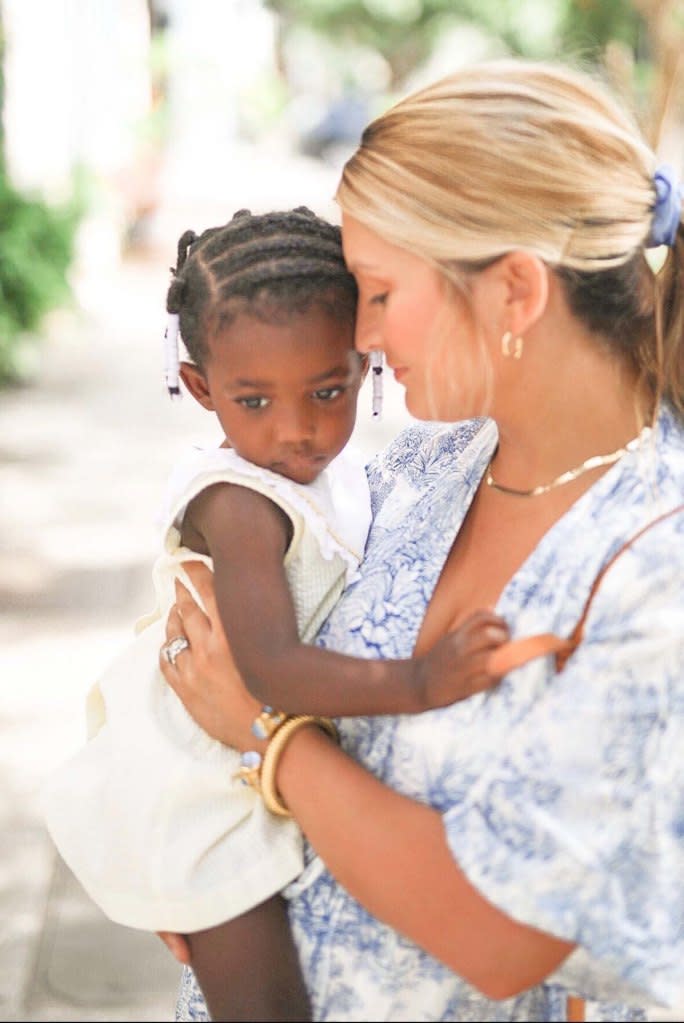
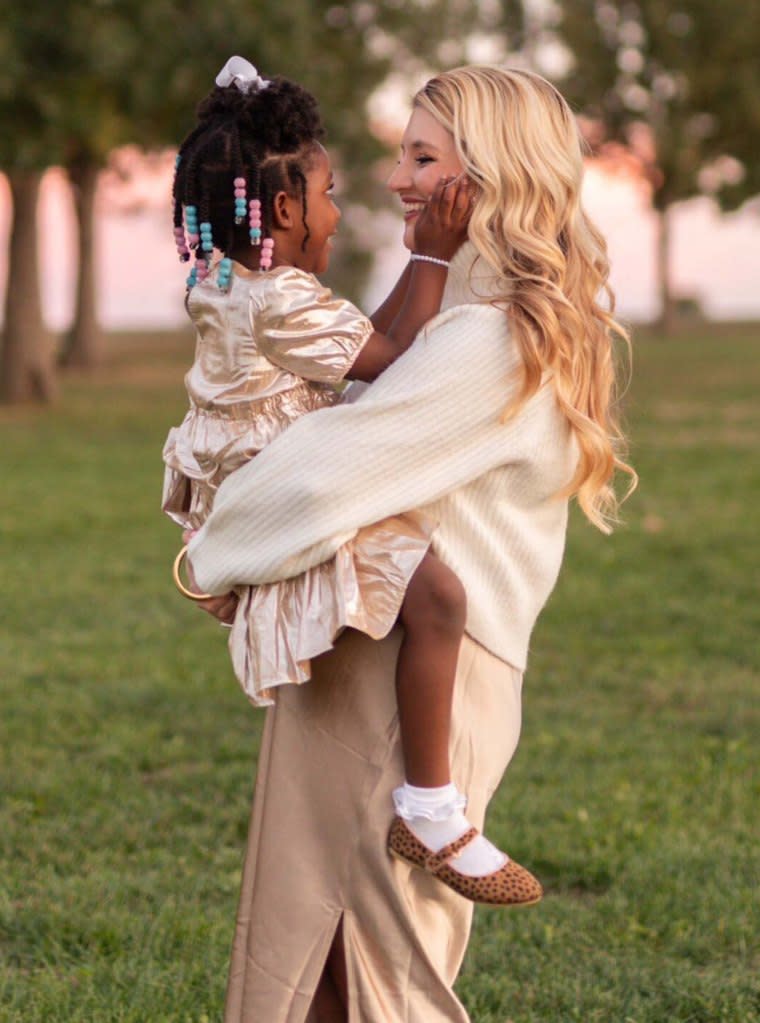
“Our ‘hair nights’ are so special to us,” said Mariah, 31. She and husband Justin became certified in natural hair care in November 2019 upon learning they’d be parenting a black baby girl the following month.
“While I’m doing her hair, we watch movies, we laugh … and the end result is a hairdo that makes her feel beautiful,” Mariah said. “It’s a privilege to honor her hair and culture.”
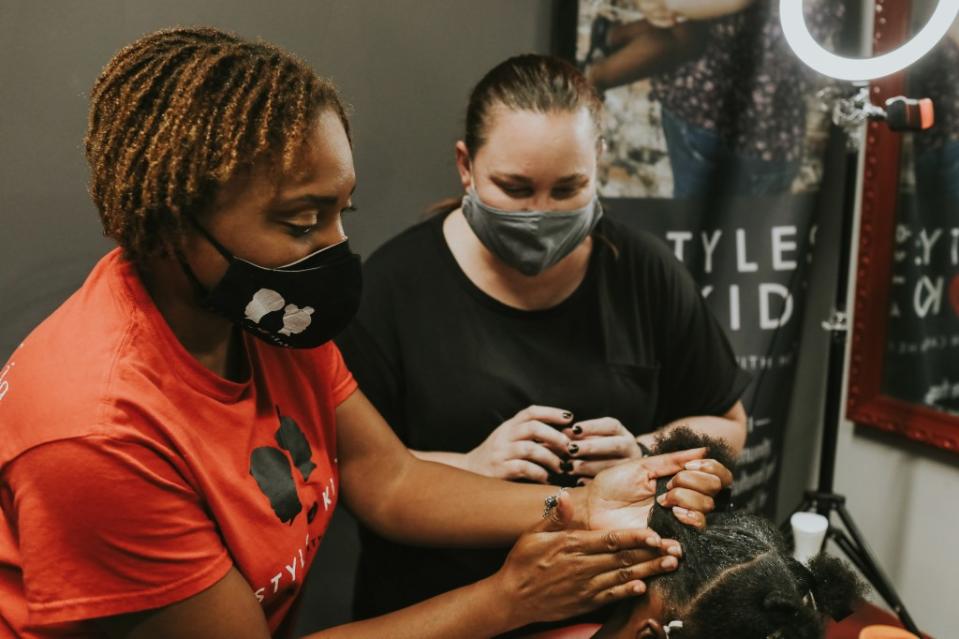
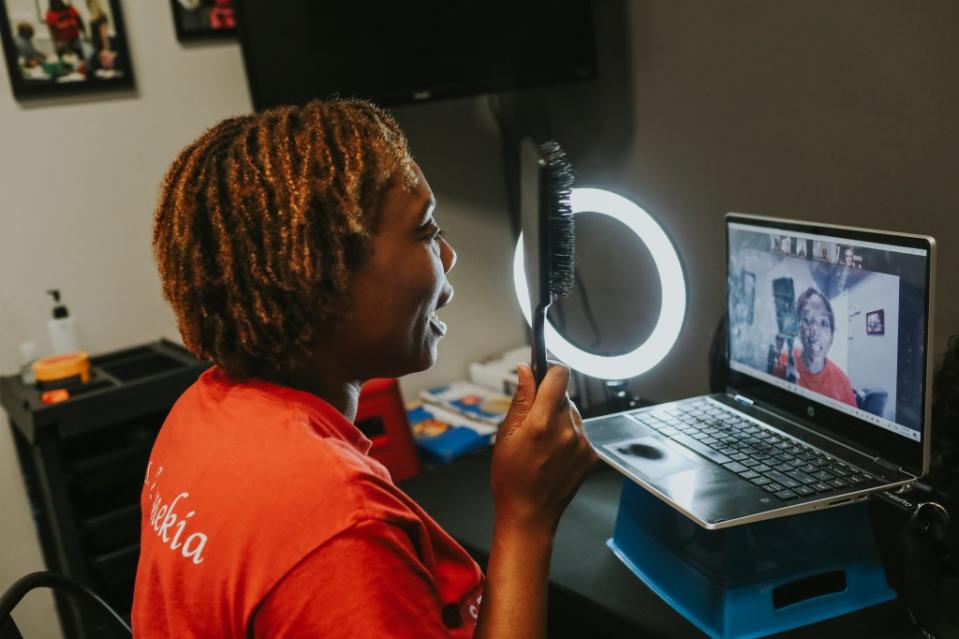
Unfortunately, not all adoptive parents are well-versed in lavishing their little ones with the same level of royal treatment.
But Tamekia Swint, founder of Styles4Kidz, a Chicago-based nonprofit aimed at teaching transracial adoption families the intricate ins and outs of black hair, tells The Post no child should be made to feel inferior due to a parent’s shortcomings.
“Hair is how we all express ourselves,” said Swint. “If we don’t feel good about our hair, it impacts our mental and emotional health, [as well as] how we interact with the world around us.”
For nearly two decades, she’s offered in-person and virtual how-to workshops in Illinois, New Jersey, Washington, DC, Arizona and California to moms and dads in need of styling support.
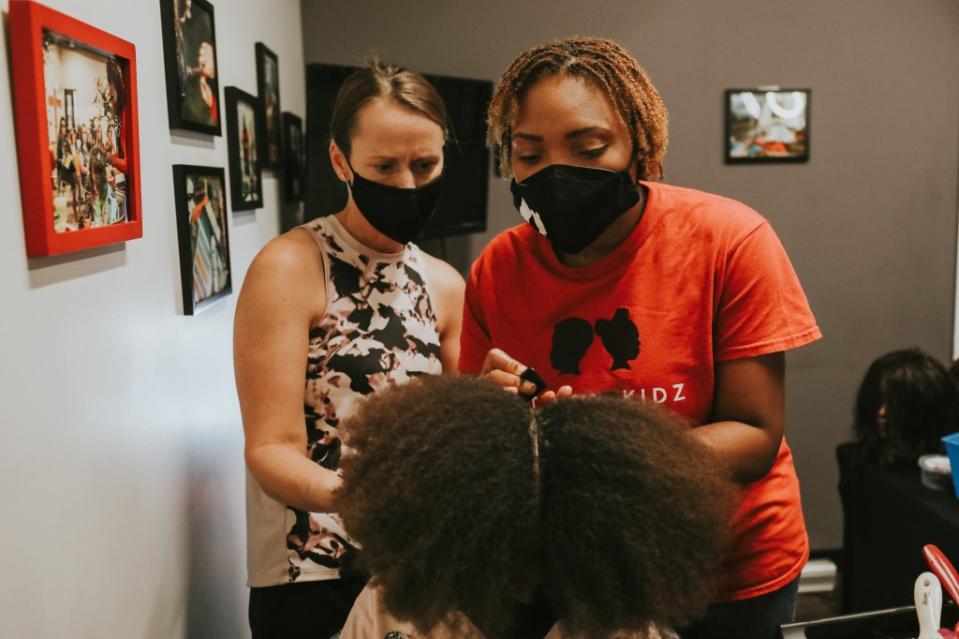
Starting at $50 per introductory course, folks are schooled on the fundamentals of detangling, washing and moisturizing. Parents also are taught to execute four basic dos, including underhand braids, ponytails, twists and Bantu knots.
Jessica credits Swint’s seminars with helping her nurture Autumn’s lush mane.
The cosmetologist hopes her classes enlighten perspectives on race and culture across the U.S.
“While everyone might not understand the importance of learning about black hair care,” she said. “Everyone can certainly identify with having a bad hair day. Now, can you imagine being a kid and every day is bad day for you?”
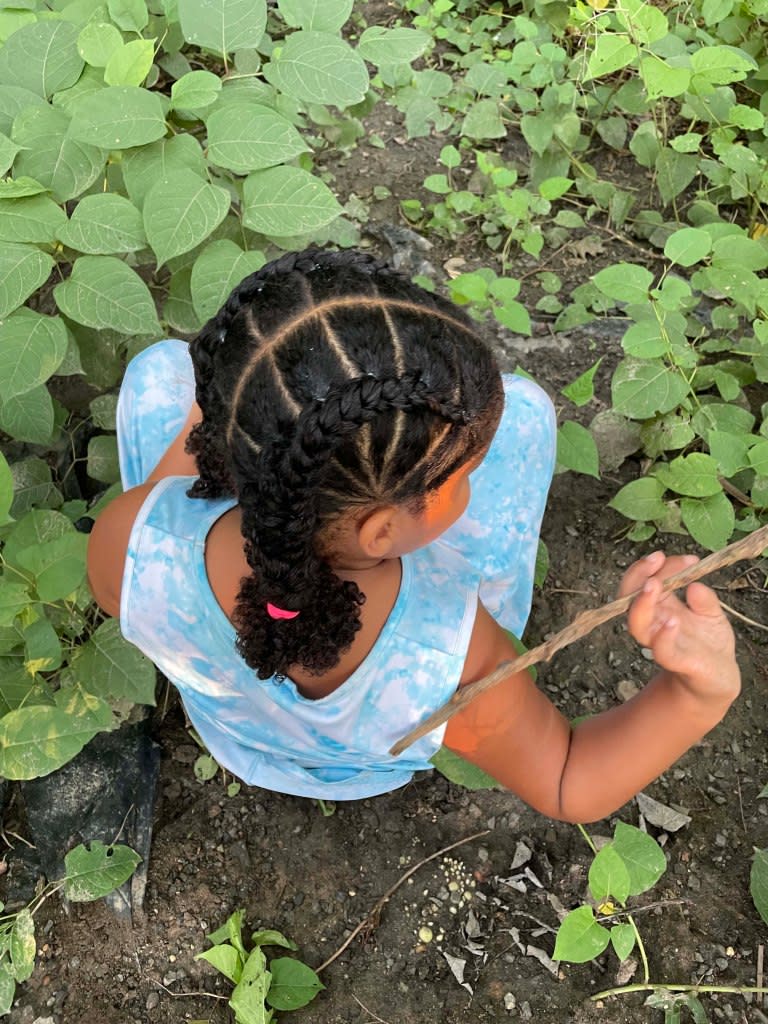
And with bad hair days behind them, Jessica’s looking forward to more time celebrating Autumn’s long locks.
“It’s really special that I’m able to do her hair in ways that make her feel confident,” she said, noting that the soon-to-be tween will likely outgrow her DIY designs as she gets older.
“Eventually, Autumn will be too cool to get her hair done by mom,” Jessica sighed with a laugh. “So I’m enjoying every second of the precious moments we’re spending together.”

